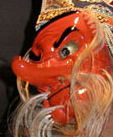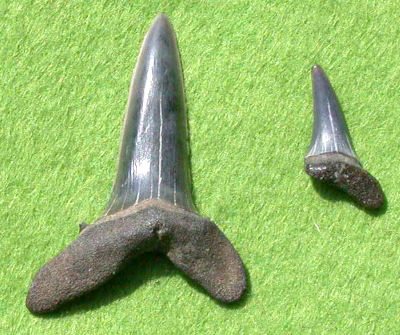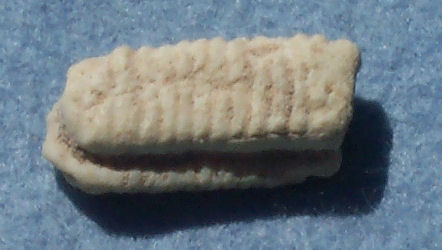
In Japan, shark teeth were considered to be Tengu-no-Tsume, or Tengu finger nails. A tengu is a monster with a long nose. Sometimes Tengu resemble a bird of prey. Perhaps the shark teeth looked like bird claws.
Shark teeth used to be called Glossopetra or tongue stones. Pliny the Elder mentions them. In Malta, there is a legend that St Paul removed the tongues from snakes after he was bitten by a snake. Many 'tongue stones' were found in Malta, and these were supposed to be the tongues of snakes which had been turned to stone. They were considered to be an antidote to poison.
In 1666, Steno, a physician interested in the natural sciences, examined a shark. This convinced him that the co-called tongue stones were in fact shark teeth. But there were differences, so he concluded that tongue stones had to be the teeth of ancient sharks which no longer existed. He also realised that since these fossils were found on land, the sea must have covered the land in the past.
| 









 Rays are also cartilaginous fish. Here is a ray tooth from Morocco, about 50 million years old, top and side.
Rays are also cartilaginous fish. Here is a ray tooth from Morocco, about 50 million years old, top and side.




